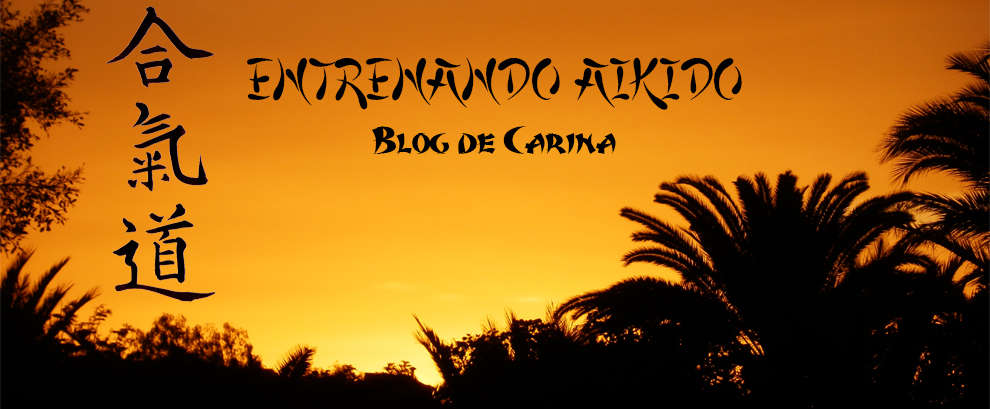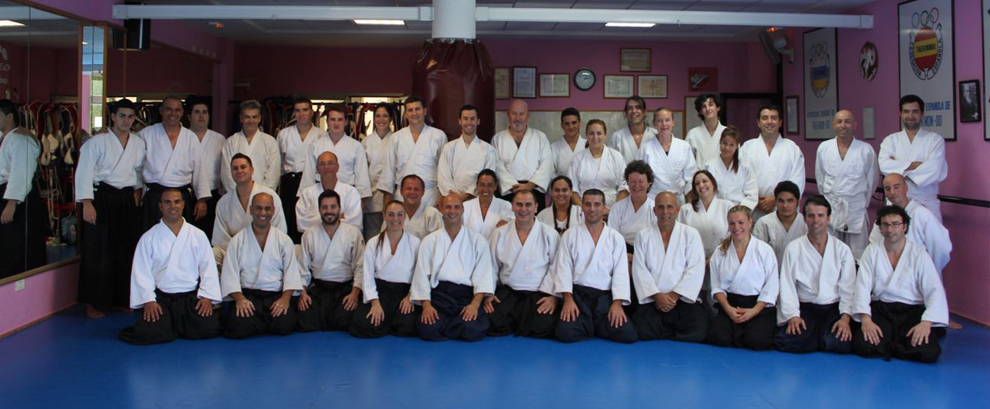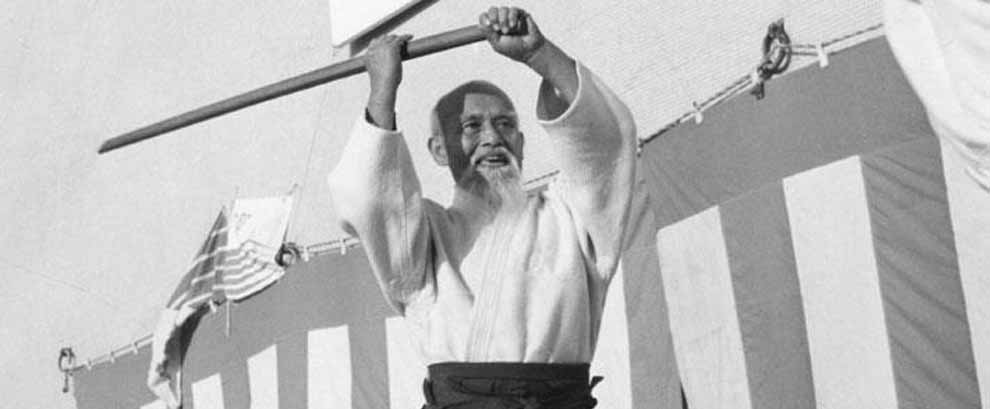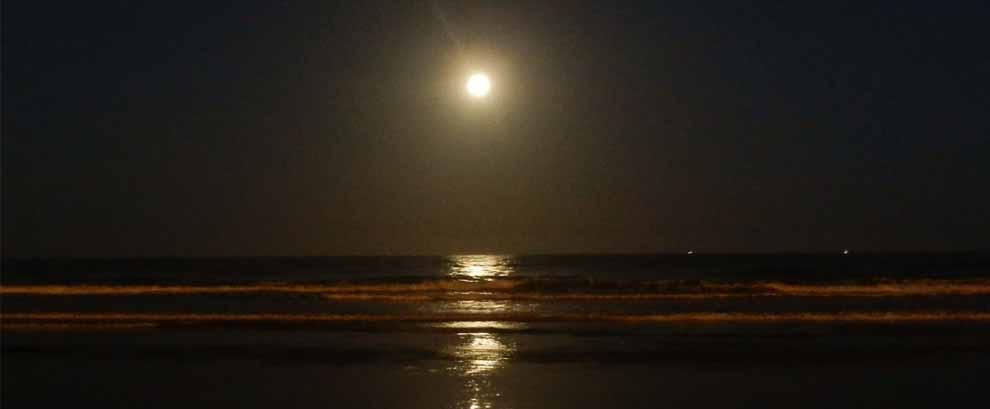Thirty four. That is the number of categories in which the small town of Kamikatsu, located 370 kilometers southwest of Tokyo, separating the waste it produces for recycling and disposal. The aim of this small agricultural town is becoming a city Zero Waste (zero Waste ), the first worldwide, For the year 2020.
So bad it is not going, because from September 2003, when it initiated this laudable effort, and thanks to a strict organization and the developed civic and ecological awareness of its inhabitants, the rice village has managed to reduce and reuse waste in a 90%.
Known for its hot springs and lush forests, Kamikatsu, a town of 2.000 inhabitants and 800 families, receives over 40.000 visitors, all from different parts of the world and interested in studying the recycling system that has imposed, and incinerator began when the town failed to meet minimum levels of dioxin removal. That was the breaking point for the mayor at that time decided not to burn garbage but stop making.
Todos los días, entre las 7 and 30 morning and 2 de la tarde, Kamikatsu villagers go to the Recycling Center to leave their trash. Those who can not, either because of their advanced age or illness, are visited by a volunteer group that deals with the topic, because in the village there are no garbage trucks.
Further, the inhabitants of the town must follow strict rules when disposing of their waste, how to convert cooking oil and organic waste into compost for their gardens, thanks to small domestic recyclers whose purchase (US$30) subsidized local government.
Plastic bottles must be separated by their content: agua, aceite, Green tea and other; newspapers and magazines should be stacked in packages of a certain weight and tied with ropes made from recycled cardboard; glass bottles are separated by color and not before remove caps and labels; chopsticks and wooden products become pulp and paper; and all that is in good condition, it clothes, artifacts, muebles, ornaments or objects in general, It is destined to a store dubbed Kurukuru-shop.
Yes, before being eliminated, objects that need to be rinsed, washings, dried or cleaned.
The main problem with the people and that prevents you from achieving the 100% efficiency in reducing waste is to remove objects such as shoes, mats and rugs should be incinerated, while glass, ceramics and bulbs are still buried in landfills.
Like any other project, it also has detractors among the citizens of the people themselves. The main complaint, though it wielded by few, It is that most objects that are to be removed should be washed before going to the dustbin. Despite complaints, to detractors collaborate in the ecological effort doing their part. Lejos de ser visto como un punto débil de la iniciativa, para muchos este es justamente uno de sus pilares: el sentido de colaboración y la conciencia cívica y ecológica de los ciudadanos de Kamikatsu que priman sobre los intereses personales.
Fuente y más información El comercio









Recent Comments